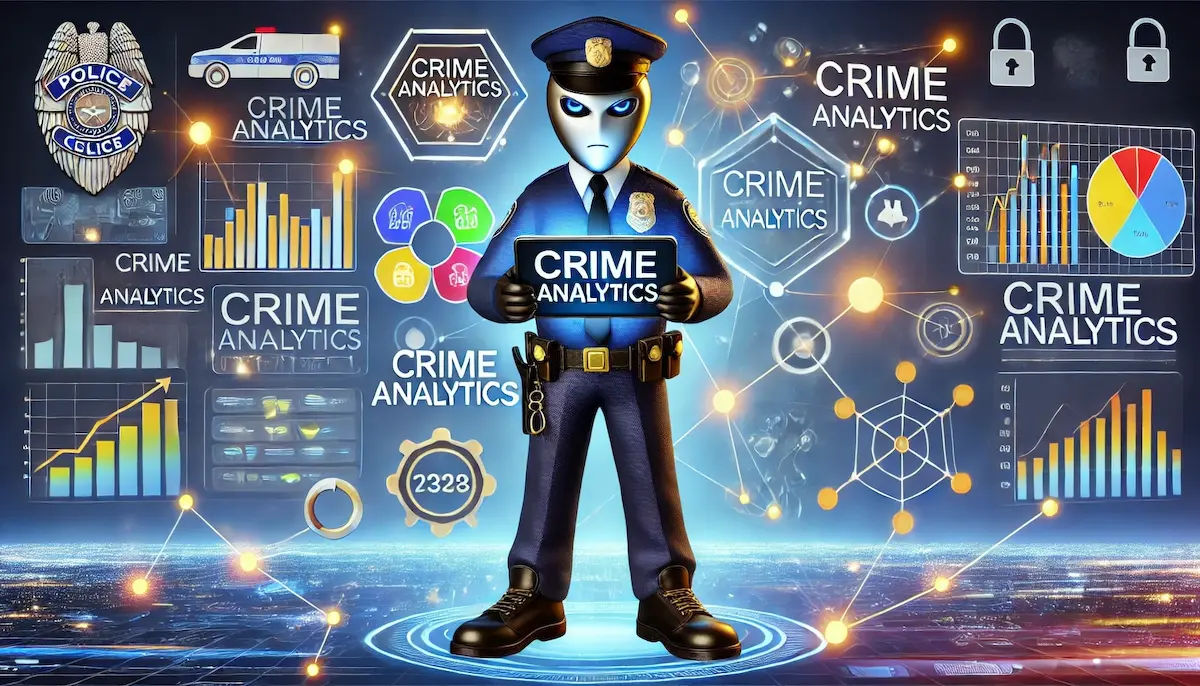In today’s data-driven world, crime analytics has emerged as a powerful tool for law enforcement agencies. It allows them to analyze crime patterns, predict future incidents, and make informed decisions to enhance public safety. As crime becomes more complex, the need for sophisticated analytics becomes even more critical.
What is Crime Analytics?
Crime analytics is the application of data analysis techniques to understand, predict, and prevent criminal activities. By leveraging large datasets, statistical methods, and advanced algorithms, law enforcement agencies can gain insights into crime trends, identify hotspots, and allocate resources more effectively. This approach not only aids in solving crimes but also in preventing them, making communities safer.
How Crime Analytics Works
1. Data Collection
The foundation of crime analytics lies in the collection of vast amounts of data. This data can come from various sources, including police reports, 911 calls, social media, surveillance footage, and public records. The more comprehensive the data, the more accurate the analysis.
2. Data Integration and Cleaning
Once the data is collected, it needs to be integrated and cleaned. This process involves combining data from different sources, removing duplicates, and correcting any errors or inconsistencies. Clean and well-organized data is essential for accurate analysis.
3. Pattern Recognition
With clean data in hand, analysts use various techniques to identify patterns and trends. For example, they might look for correlations between certain types of crimes and specific times of day or geographic areas. Advanced software can even recognize patterns that might not be immediately apparent to the human eye, helping law enforcement to uncover hidden trends.
4. Predictive Analysis
One of the most powerful aspects of crime analytics is its ability to predict future crimes. By analyzing past data, predictive models can forecast where and when crimes are likely to occur. This allows law enforcement agencies to be proactive, deploying resources to prevent crimes before they happen.
5. Visualization and Reporting
Crime analytics is often presented through visual tools such as maps, graphs, and dashboards. These visualizations make it easier for law enforcement officers and decision-makers to understand the data and take appropriate action. For example, heat maps can show crime hotspots, allowing for targeted policing efforts.
Applications of Crime Analytics
1. Resource Allocation
Crime analytics helps police departments allocate their resources more efficiently. By understanding where crimes are most likely to occur, they can deploy officers to the right places at the right times, improving their effectiveness.
2. Crime Prevention
Through predictive analysis, law enforcement can anticipate and prevent crimes. For instance, if data shows an increase in burglaries in a certain area, police can increase patrols or work with the community to deter criminals.
3. Community Policing
Crime analytics also supports community policing efforts. By sharing data with the public, police can engage communities in crime prevention efforts. Citizens can be more vigilant and take precautions based on real-time information.
4. Solving Crimes
Beyond prevention, crime analytics aids in solving crimes. By analyzing data, investigators can uncover patterns, identify suspects, and link seemingly unrelated cases. This accelerates the investigative process and increases the likelihood of bringing criminals to justice.
Challenges and Future Directions
While crime analytics offers many benefits, it also comes with challenges. Privacy concerns, data security, and the risk of biases in predictive models are significant issues that need to be addressed. As technology advances, it will be crucial for law enforcement agencies to ensure that crime analytics is used ethically and responsibly.
Looking ahead, the future of crime analytics is promising. With the integration of artificial intelligence, machine learning, and real-time data analysis, crime analytics will continue to evolve, providing even more precise and actionable insights for law enforcement.
Blockfine thanks you for reading and hopes you found this article helpful.
